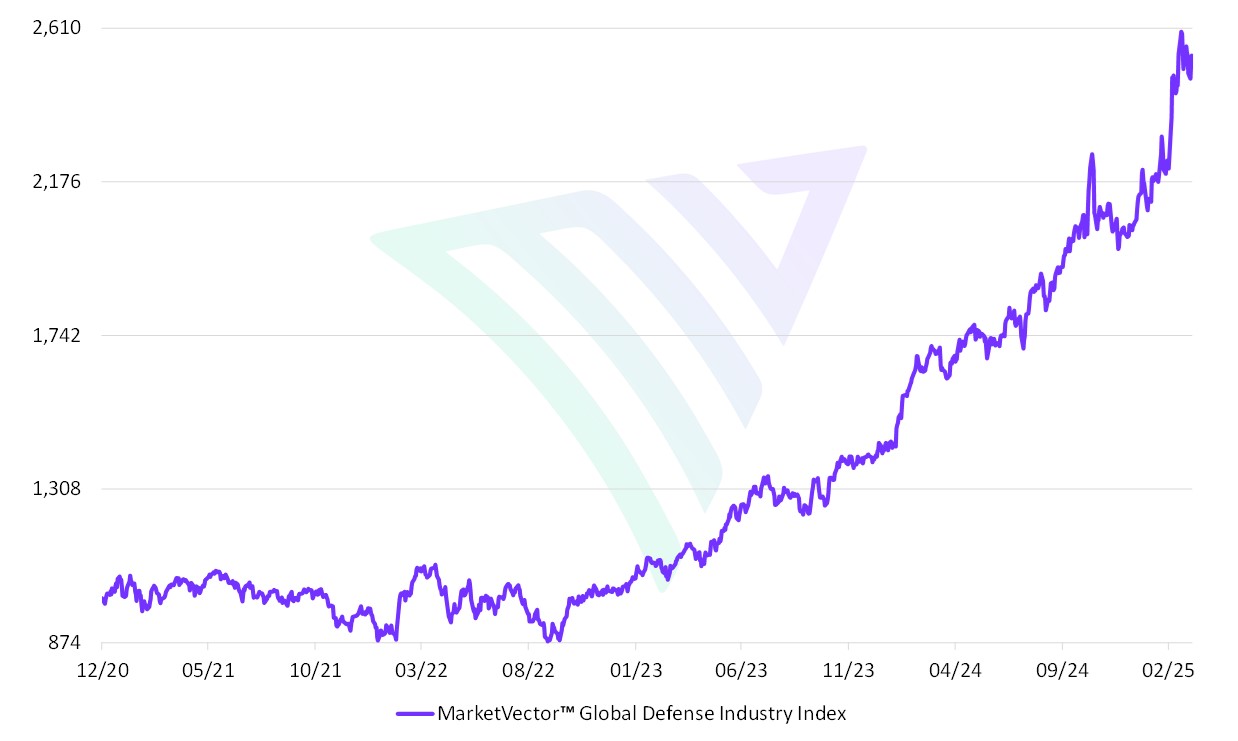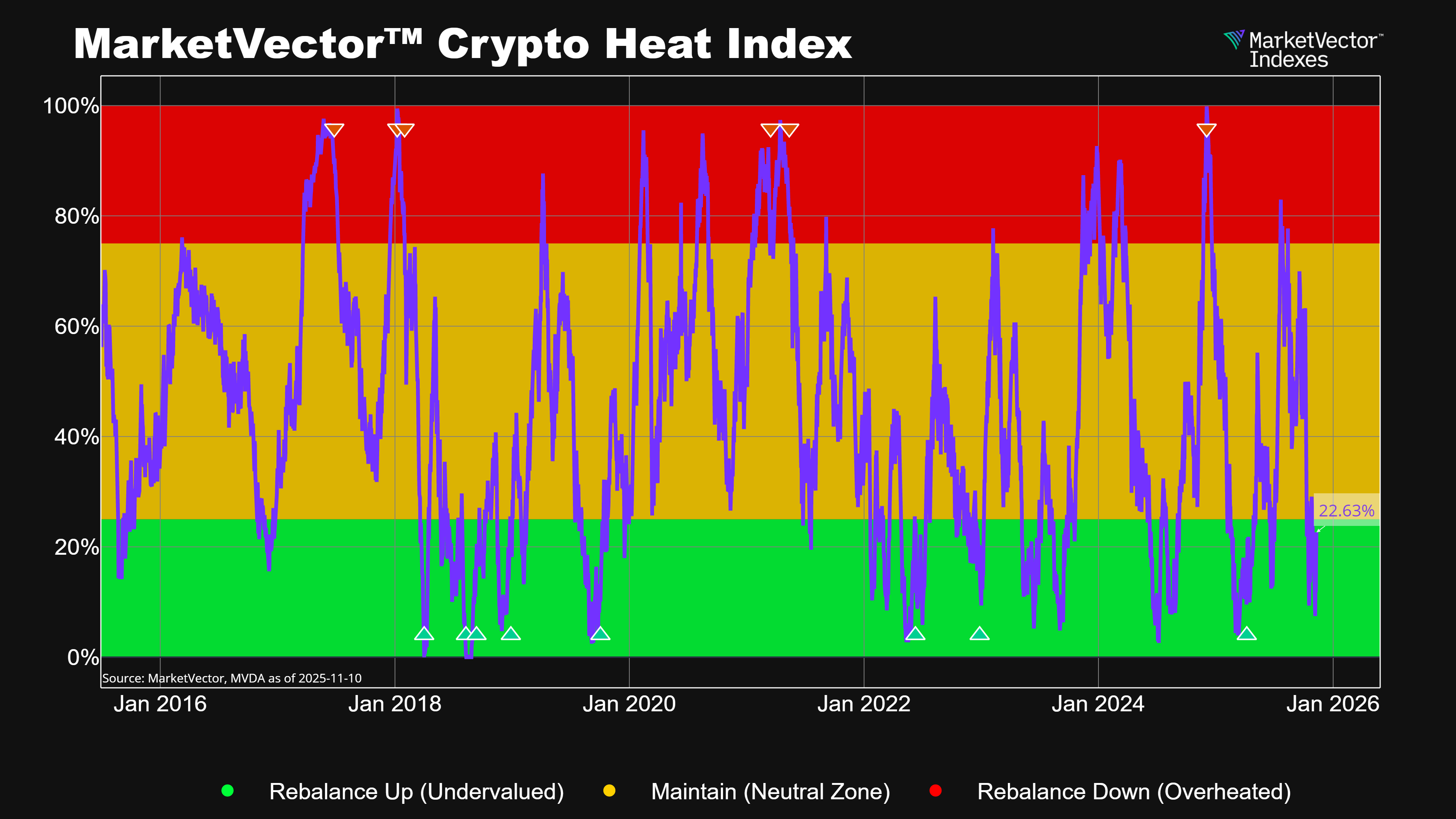As defense technology rapidly evolves, the U.S. Army is taking a big step toward integrating artificial intelligence into its next-generation missile defense systems. Most notably, a futuristic iteration of the Golden Dome, the American variant of Israel’s Iron Dome.
This is representative of a broader trend in military modernization, one that prioritizes autonomy and efficiency.
AI Integration for Smarter Missile Defense
Missile defense has traditionally relied on intensive manpower and layered sensor networks. But as threats become more complex and speed becomes mission-critical, AI offers a path toward more agile operations. The Army is now actively pursuing autonomous technologies that can streamline threat prioritization and reduce the human workload within systems like Golden Dome.
By enabling real-time data processing and decision-making, AI can help intercept more threats with greater precision (especially in highly contested airspace).
Guam as a Testbed for Future Defense Solutions
A critical component of this modernization effort is the Guam Defense System, which serves as a proving ground for the Army’s most advanced integrated air and missile defense technologies. This includes modern radars, layered interceptors, and unified command and control systems.
The success of these systems on Guam will inform how AI and automation are applied more broadly across U.S. missile defense platforms, driving adaptability in other theaters of operation.
Industry Collaboration: From Startups to Global Players
In this effort, the US Army is engaging a wide spectrum of industry partners, from traditional defense contractors to agile startups and international tech firms. The goal is to rapidly explore and deploy cutting-edge solutions, particularly in AI, data fusion, and autonomous systems.
This collaborative approach mirrors what we’ve seen across other strategic domains, such as drone technology and satellite networks, and it underscores a growing recognition that next-gen defense innovation often comes from beyond the usual suspects.
A Timeline for Transformation
While full deployment of a Golden Dome-style defense network remains several years away, the Army has outlined clear developmental milestones. By 2027, it aims to define the critical human and machine functions required to run such systems, establishing the data pipelines, sensor fusion capabilities, and AI frameworks necessary for scalable implementation.
This means investors and industry observers should watch closely for contract awards and program updates, including the emergence of dual-use technologies crossing over from the commercial sector.
The MarketVector Defense Index Perspective
As AI becomes more embedded in defense systems, the line between defense tech and commercial innovation blurs. This evolution is critical for investors tracking the MarketVectorTM Global Defense Industry (MVDEF). The companies at the forefront of AI-enabled defense are poised to play a growing role in the global security environment. The Army’s focus on the Golden Dome and the Guam Defense System highlights a broader trend: defense is becoming smarter, faster, and more connected.

Source: MarketVector. Data as of April 2, 2025.
For more information on our family of indexes, visit www.marketvector.com.
Get the latest news & insights from MarketVector
Get the newsletterRelated:




